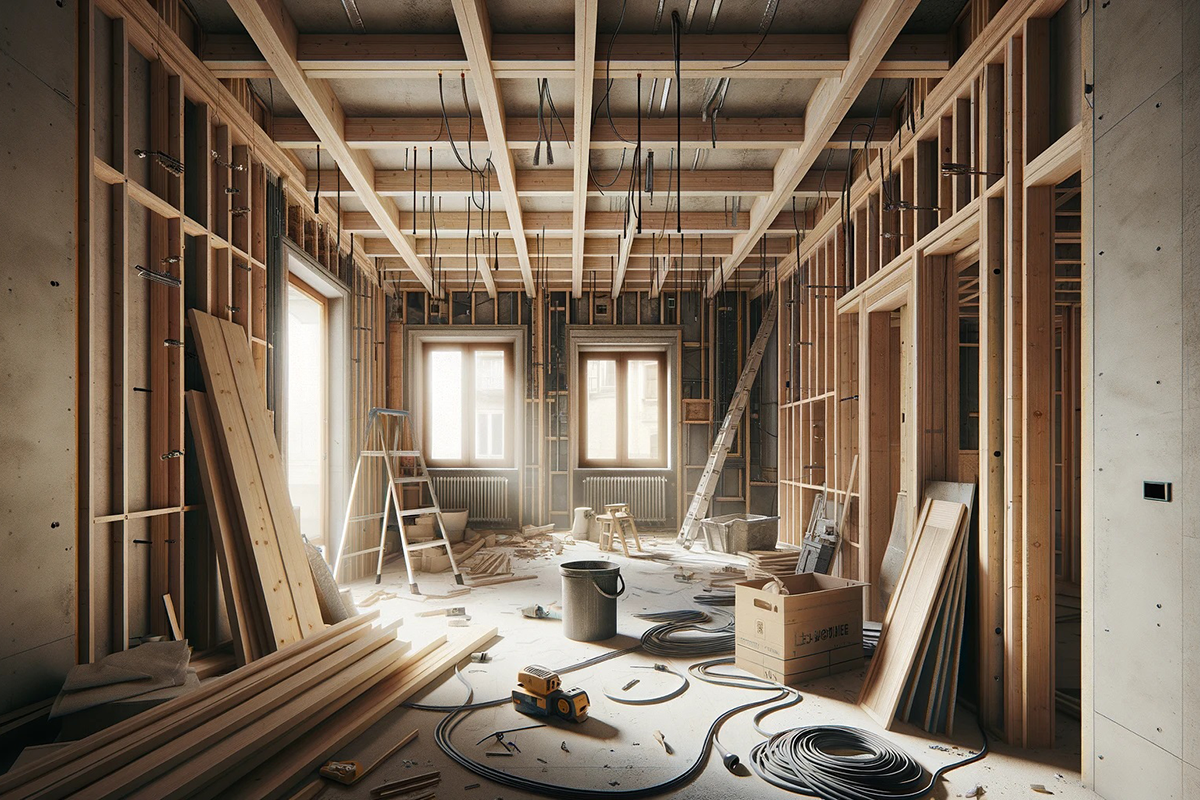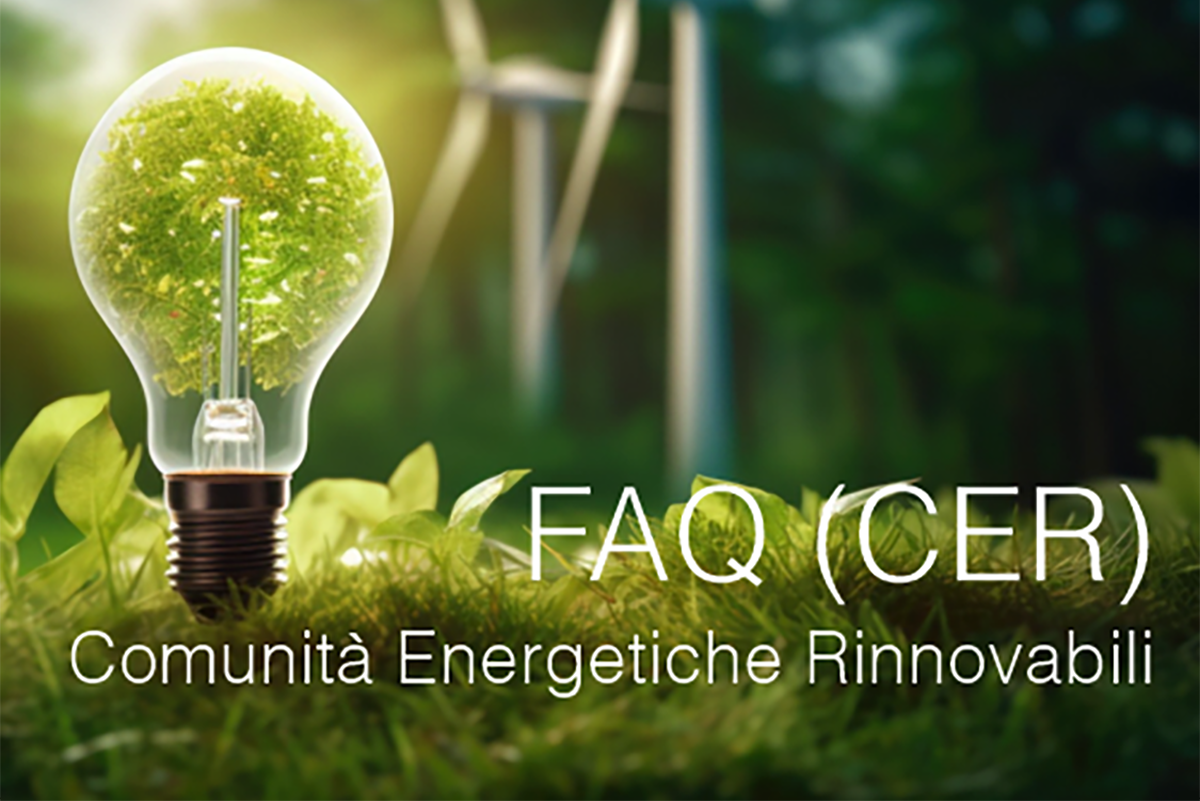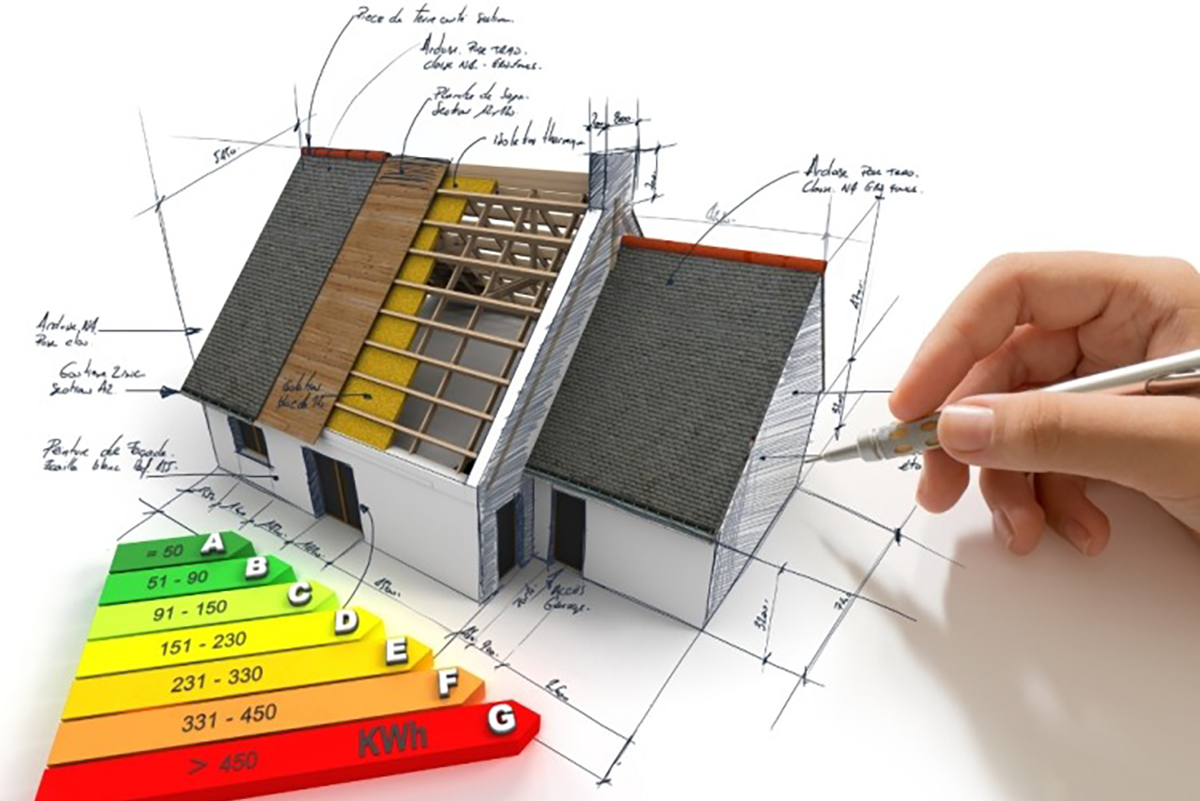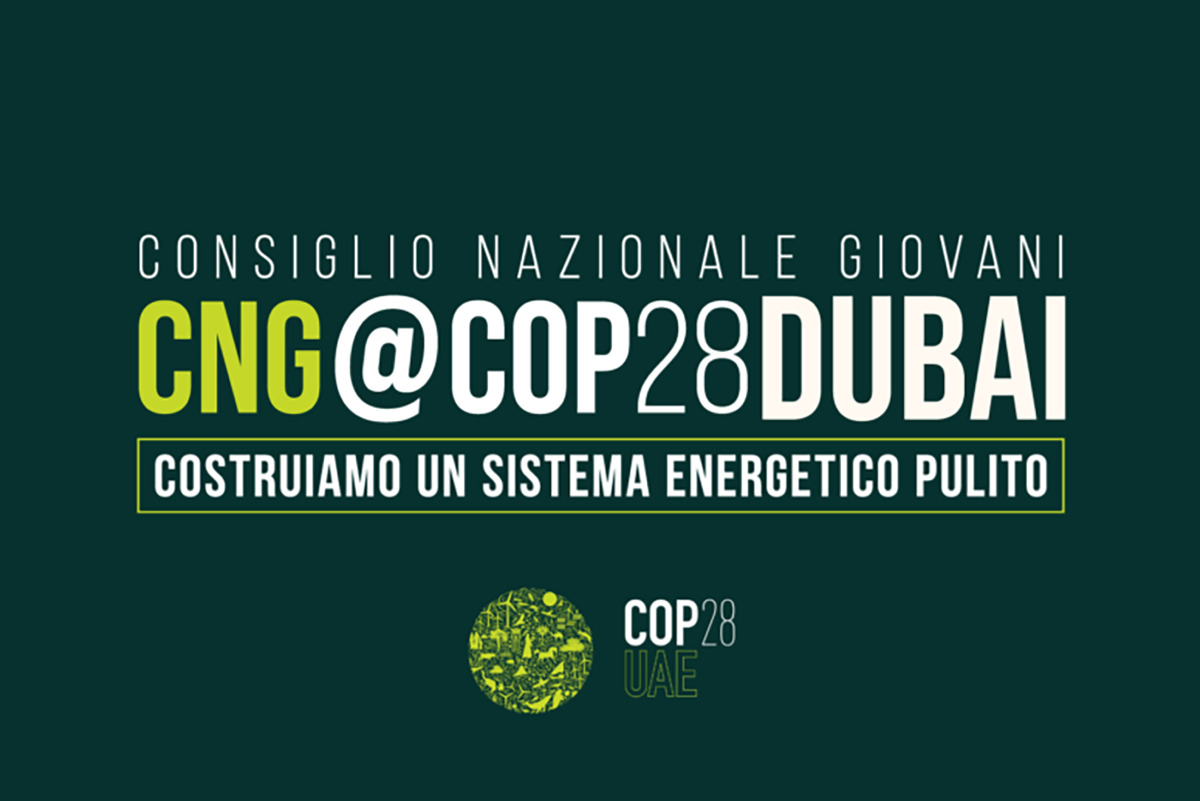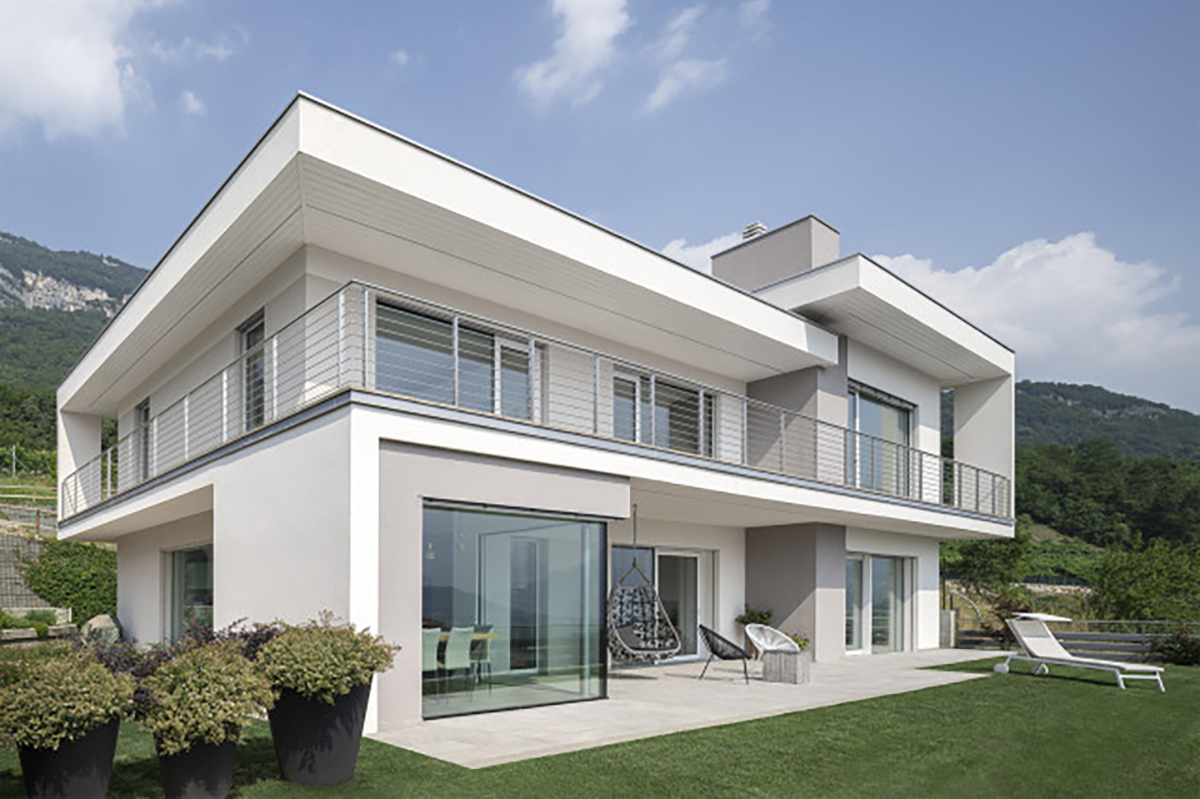News
Windows with Integrated Ventilation: Comfort, Efficiency, and Key Limitations to Know
Windows with integrated ventilation improve: comfort, air quality, and energy efficiency. Discover the advantages, types, and challenges of this technology
A NEW GENERATION OF SMART WINDOWS
Windows with integrated mechanical ventilation represent one of the most advanced solutions in the field of energy efficiency.
They combine, in a single element, controlled air exchange, heat recovery, and indoor comfort, making them ideal for high-performance buildings and for renovations where installing a traditional system would be invasive.
HOW INTEGRATED VENTILATION WORKS
There are two main categories:
• systems without heat recovery, which allow a natural airflow between indoors and outdoors;
• systems with heat recovery, which use built-in exchangers to retain thermal energy.
The first type is simpler and is used to solve humidity and mold issues, while the second ensures continuous air exchange with minimal energy losses.
THE ADVANTAGES OF WINDOWS WITH VMC
These solutions offer numerous benefits:
• quick installation without ducts or complex masonry work;
• no external grilles, ensuring a clean, integrated design;
• better air quality thanks to dust and pollen filters;
• energy savings of up to 70% in heat recovery;
• acoustic comfort due to sound-absorbing materials.
Airflow rates range from 10 to 30 m³/h, guaranteeing constant air renewal without unpleasant drafts.
CONTROL AND AUTOMATION
The most advanced versions include CO₂ and humidity sensors that automatically regulate ventilation based on environmental conditions.
Even with the windows closed, rooms remain healthy and dry, preventing condensation and mold — common problems in highly insulated buildings.
CRITICAL ASPECTS TO CONSIDER
Despite the benefits, windows with integrated ventilation do have some limitations:
• reduced airflow capacity compared to centralized systems, making them less suitable for large spaces;
• complex maintenance when replacing filters, especially if the unit is installed high up;
• non-negligible initial cost, particularly when multiple units are needed to cover an entire apartment;
• dimensional constraints due to frame profiles, which can reduce the heat exchanger’s efficiency.
SCIENTIFIC RESEARCH AND FUTURE DEVELOPMENTS
In recent years, several studies have analyzed the performance of integrated decentralized ventilation systems.
Results show:
• heat recovery efficiency of up to 70%;
• new microchannel and minigap exchangers for improved performance;
• potential applications in schools, offices, and healthcare facilities;
• integration possibilities with centralized air conditioning systems.
CONCLUSIONS
Windows with integrated ventilation represent a mature and sustainable technology, ideal for those seeking comfort and energy savings without invasive interventions.
While they present some limitations related to size and maintenance, they offer an excellent balance between air quality and installation simplicity.
The evolution of materials, miniaturization of components, and integration of smart sensors promise new generations of intelligent windows capable of making buildings healthier, more efficient, and more comfortable.



